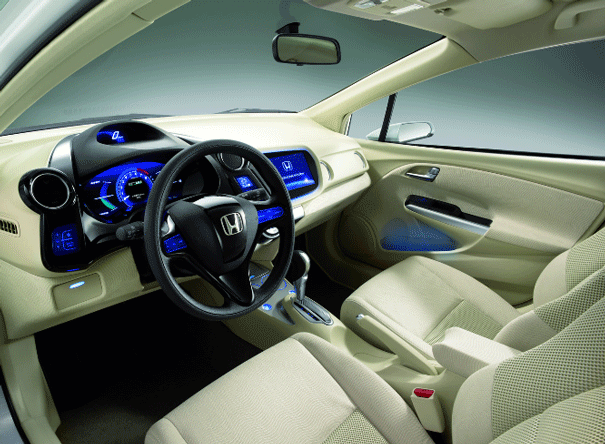Never has there been as much attention paid towards our carbon footprints as there is today. Once, the only environmental issue that anybody seemed concerned with was whether aerosols contained CFCs, and companies were very quick to pat themselves on the back and to crow to the world if their furniture polish or deodorant was environmentally-friendly.
That complacency has long gone, as the world is waking up to the fact that it’s going to take a bit more than removing gas from a tin can to protect the environment from the damage that we have, as a society inflicted. Luckily, we have moved on a bit from CFC removal and manufacturers are finding solutions that lead to a greener future for us all, with the production of hybrid cars being such an example.
Enter the hybrid car
As with a lot of emerging technology there had been some resistance to the concept of hybrids; most of us are creatures of habit and like to stick with what we know, and having a car that runs on both gas and electric… well, that’s never going to work is it?
The good news
Luckily, all those fears are unfounded. The sole aim of hybrid cars is to offer a cleaner, greener alternative to the conventional, environmentally-unfriendly vehicles, with some models emitting as much as 90 per cent fewer toxic gases than their conventional cousins, and they don’t need to be plugged in.
Many batteries for hybrid cars come with an eight-year warranty, and they are charged through a process called regenerative braking, which means that the energy produced through braking will spin the electric motor and charge the battery.
Hybrid cars therefore cut down on the amount of fossil fuels that are drawn upon to power your vehicle and so actively go some way in achieving a cleaner, greener world.
How do hybrids achieve their purpose?
Hybrid cars combine traditional fuel, whether that is petrol or diesel, and electricity in such a way that both of these energy sources can be optimized to their fullest extent. When the car comes to a stop, for example at a road junction or at traffic lights, it will stop altogether and the engine will switch off until you press the accelerator pedal again.
This process can be taken advantage of in differently sized cars, even estate cars, but if you are happy with a smaller car, then the hybrid’s purpose is realised even more because of the batteries that they use. Technology has advanced to the point where these batteries can be smaller than you would expect, and fuel cell technology is making sure that this trend is going to continue. This means that fuel consumption will be reduced and so the eco-benefits are going to be greater.
Win-win situation
A hybrid car is a useful weapon to have in the armoury against global warming, and it certainly doesn’t hurt that using less fuel means that we are going to save huge amounts of money, too! If you’re interested in getting yourself a hybrid car, check out this helpful infographic below by Hire-brid





